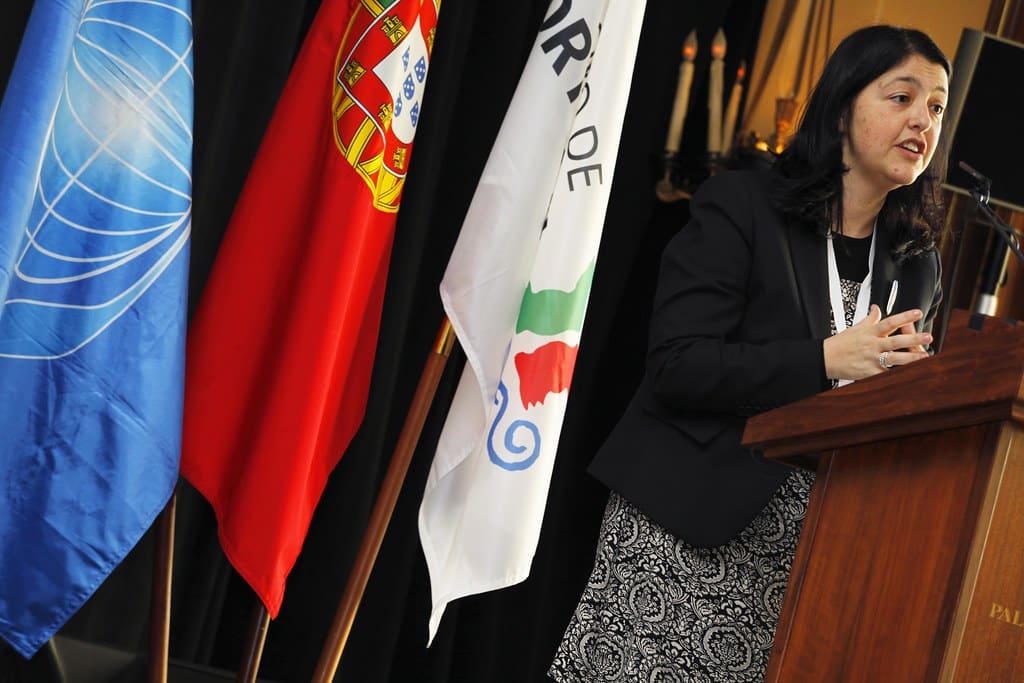
This Women’s Month, UN Tourism celebrates trailblazing women from villages all around the world who are driving community development, advancing social progress and fostering economic growth in rural communities.

Through initiatives like the Best Tourism Villages, UN Tourism aims to support these women initiative aims to advance more sustainable and inclusive tourism which celebrates diversity and champions the indomitable spirt of women entrepreneurs everywhere.
Speaking about the role of women in rural tourism development Sandra Carvão, UN Tourism’s Chief of Tourism Market Intelligence and Competitiveness said: “Our Best Tourism Villages initiative stand as pillars of support for women-led enterprises and entrepreneurs worldwide. By fostering sustainable tourism practices in rural communities, the programme is aimed to empower women to become catalysts for economic growth and social progress. Through access to training, resources, and market opportunities, we’re not only advancing gender equality but also unlocking the untapped potential of women as key drivers of inclusive and resilient tourism development.

“In our Best Tourism Villages, projects thrive through the creativity of talented women and their families, transforming traditional crafts and cultural practices into valuable educational experiences. They empower local communities, providing them with a support network and a new sustainable source of income. These initiatives are also examples of how women can be empowered to become catalysts for economic growth and social progress, acting as key drivers for inclusive tourism development.”
Lamas, Peru
Nestled in the lush Peruvian mountains, Lamas is home to the only Amazonian people of Andean descent committed to safeguarding their cultural legacy. In this vibrant village, Lamista women lead the preservation of traditional crafts through “Awadora,” a collective brand representing 46 indigenous artisans from five Quechua communities. Through this initiative, women empower themselves economically, drive economic growth and contribute significantly to community-driven tourism.
Lephis, Ethiopia
The Mishike Handicraft Association in Lephis empowers underrepresented women while driving social progress by harnessing abundant local resources, such as grass and bamboo, for use in handicraft production. The Association not only provides opportunities for women to participate in the local economy, but also advances sustainable tourism practices through eco-conscious tourism products which preserve the village’s rich biodiversity.
Creel, Mexico
With a commitment to preserving biocultural diversity, Creel’s Rarámuri communities actively promote job creation and women’s empowerment in the tourism sector through immersive women-led gastronomy and weaving experiences. Their activities contribute to the village’s vibrant tapestry of cultural heritage while bolstering economic development and diversification.
Dongbaek, South Korea
Dongbaek, renowned for its camellia flower cultivation utilised in cooking and beauty products, is a shining example of resident-led tourism. Spearheaded by female leadership, the Dongbaek Village Mill catalyses the local economy through camelia product production and immersive cooking classes for visitors which promote and preserve local food culture. Additionally, the Dongbaek Town Preservation and Research Council actively supports women-operated tourism enterprises, with ten dedicated female members working to advancing the community’s tourism sector.
Xidi, China
Recognised as a UNESCO world heritage site for its unique architecture which dates back to the Ming and Qing dynasties, Xidi is beacon for sustainable social development. The village’s Anhui Girls’ Agritainment initiative advances women’s employment opportunities and promotes heritage protection by offering visitors immersive homestay experiences while providing training for local providers and youth under 30 to increase their participation in the local tourism economy.




